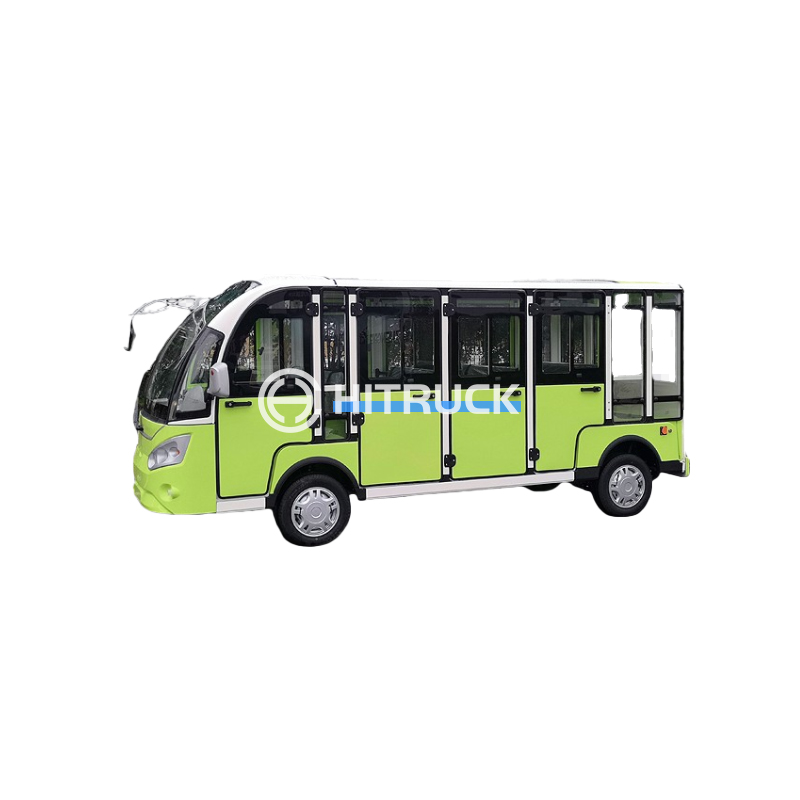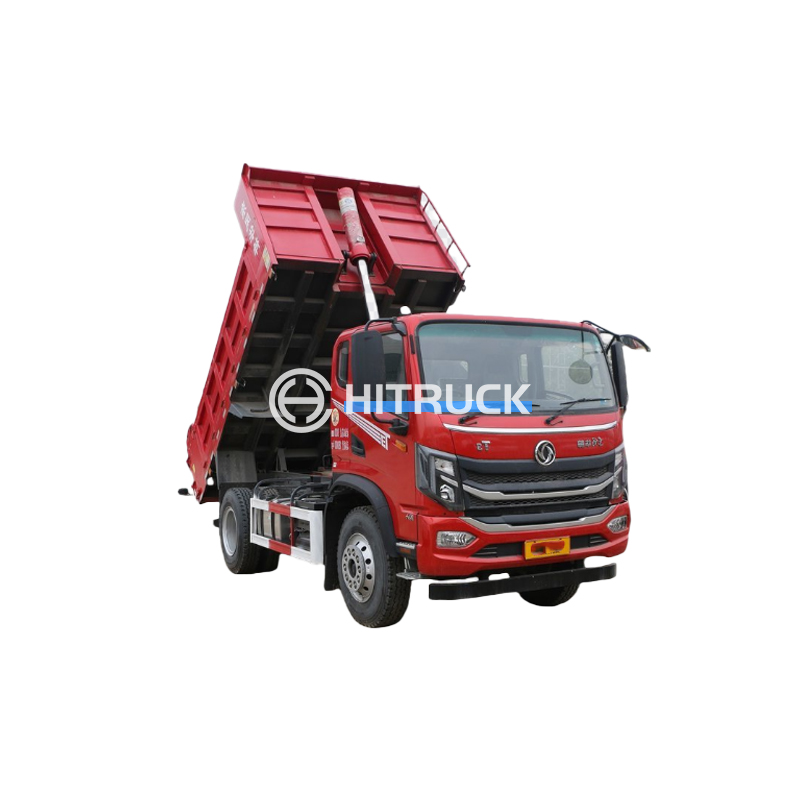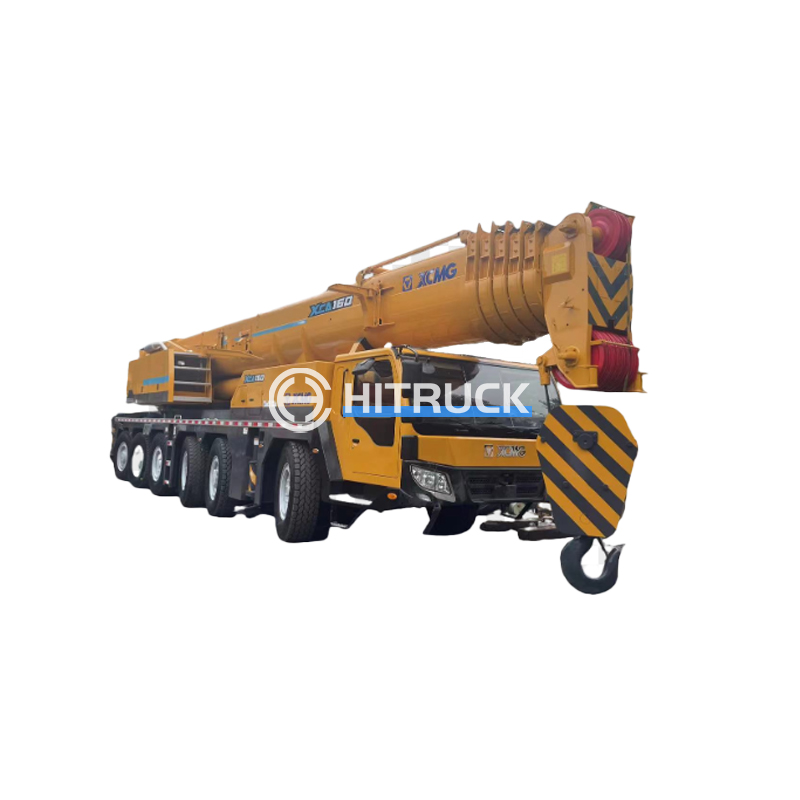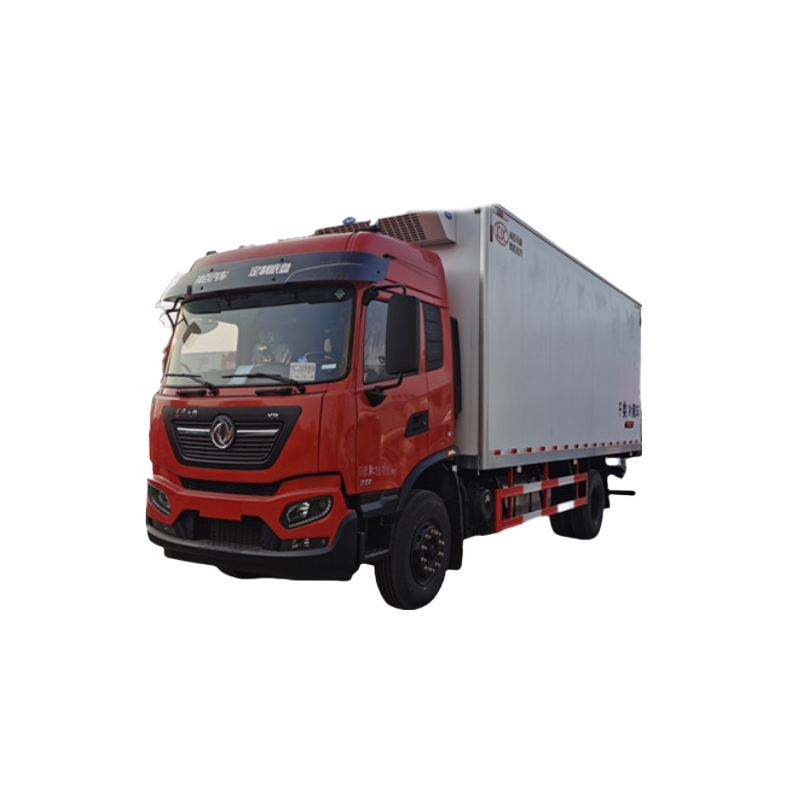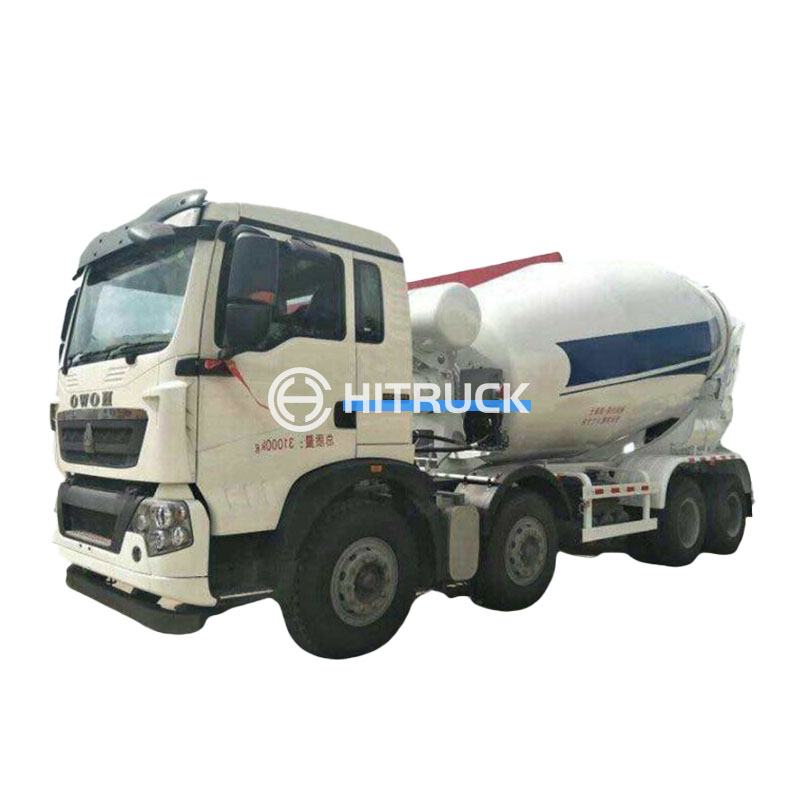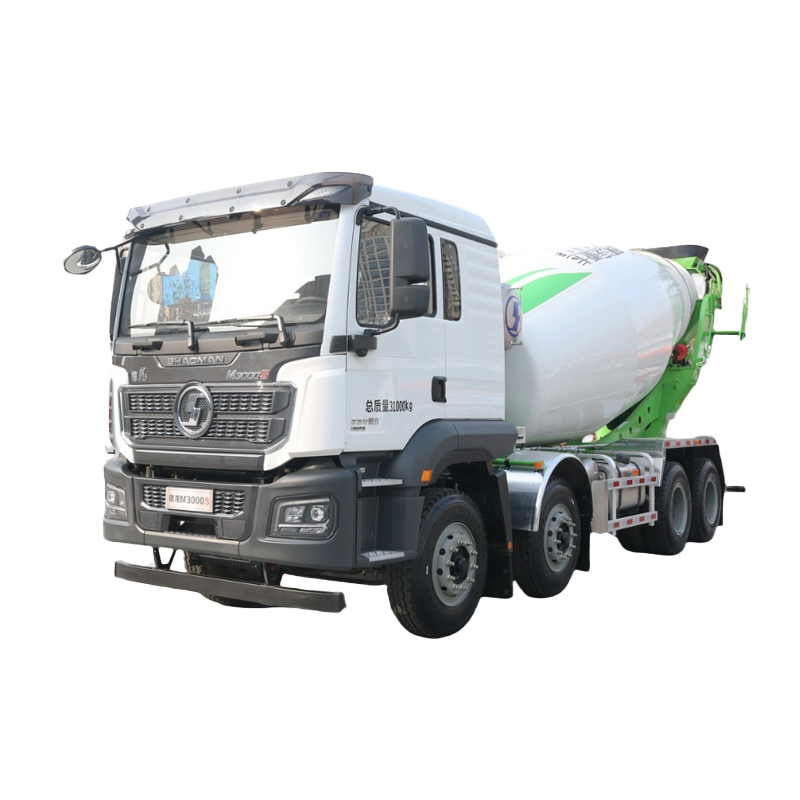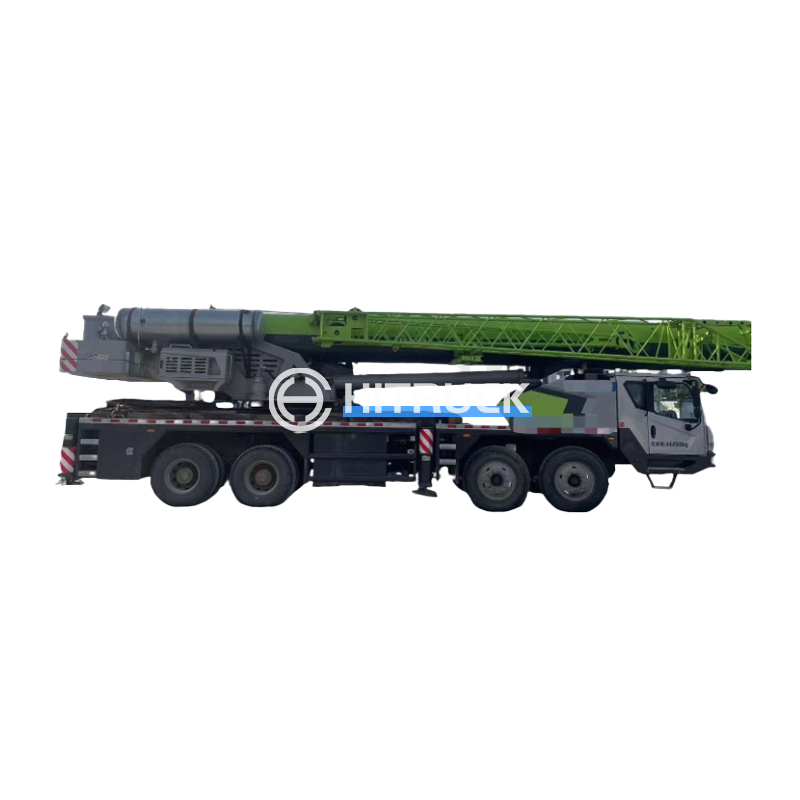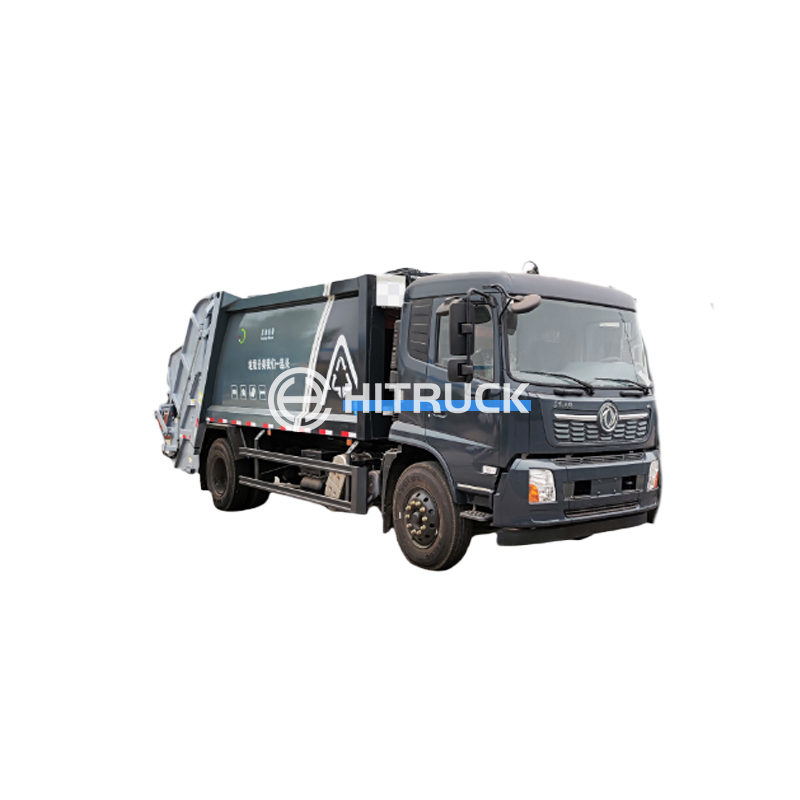Sewage Water Tanker: A Comprehensive GuideThis guide provides a detailed overview of sewage water tankers, covering their types, applications, maintenance, and regulations. Learn about choosing the right tanker for your needs and understand the importance of responsible wastewater management.
The responsible and efficient removal of sewage wastewater is crucial for public health and environmental protection. Sewage water tankers play a vital role in this process, providing a mobile solution for collecting and transporting wastewater from various locations. This guide delves into the specifics of these tankers, helping you understand their function, selection, and maintenance.
Vacuum tankers utilize a vacuum pump to efficiently suck wastewater from various sources, including septic tanks, manholes, and flooded areas. These tankers are particularly effective for removing sludge and thick liquids. Their powerful suction capabilities make them ideal for challenging environments. The size and capacity of vacuum tankers vary greatly, catering to diverse needs. Consider factors like the volume of wastewater you anticipate handling and the accessibility of the collection points when choosing a vacuum tanker.
Pressure tankers, on the other hand, use pressure to discharge wastewater. While they might not be as effective at collecting sludge as vacuum tankers, they excel at high-volume, long-distance transportation. Their design often incorporates features like pressure relief valves and robust construction to ensure safe and reliable operation. The choice between a vacuum and pressure tanker depends significantly on the specific application and the characteristics of the wastewater being transported. For instance, a construction site might benefit more from a pressure tanker for large-volume transport, whereas a residential area might need a vacuum tanker for septic tank emptying.
Some manufacturers offer combination tankers that incorporate both vacuum and pressure systems. This versatility allows for adaptability to a wide range of applications, maximizing efficiency across various tasks. This type of tanker offers a considerable investment advantage, minimizing the need for separate units. However, the initial purchase cost will generally be higher. Consider your long-term operational needs to determine if a combination tanker is the right choice.
Selecting the appropriate sewage water tanker is crucial for optimal performance and cost-effectiveness. Several factors must be considered:
Regular maintenance is vital for prolonging the lifespan of your sewage water tanker and ensuring its safe and efficient operation. This includes regular inspections, cleaning, and servicing of the pumping system, chassis, and other components. Adherence to local and national regulations regarding the disposal of sewage wastewater is also paramount. These regulations often cover aspects such as permitted disposal sites, waste treatment procedures, and safety protocols.
When searching for a sewage water tanker, consider working with reputable suppliers who offer comprehensive service and support. Suppliers who prioritize quality, safety, and regulatory compliance are essential partners for responsible wastewater management. Suizhou Haicang Automobile sales Co., LTD is a leading supplier of high-quality trucks, including specialized vehicles like sewage water tankers. They offer a range of models to suit various needs and are committed to providing excellent customer support.
| Feature | Vacuum Tanker | Pressure Tanker |
|---|---|---|
| Wastewater Handling | Sludge, thick liquids | High-volume, thinner liquids |
| Discharge Method | Vacuum suction | Pressure discharge |
| Suitable Applications | Septic tanks, manholes | Construction sites, large-scale transport |
Remember to always prioritize safety and adhere to all relevant regulations when operating a sewage water tanker. Responsible wastewater management is essential for protecting both public health and the environment.


